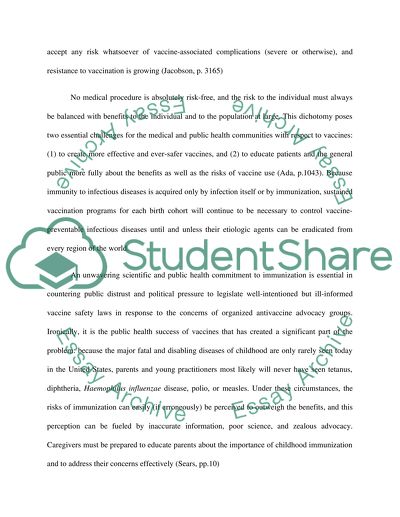Cite this document
(“Medical microbiology Essay Example | Topics and Well Written Essays - 2250 words”, n.d.)
Medical microbiology Essay Example | Topics and Well Written Essays - 2250 words. Retrieved from https://studentshare.org/health-sciences-medicine/1502669-medical-microbiology
Medical microbiology Essay Example | Topics and Well Written Essays - 2250 words. Retrieved from https://studentshare.org/health-sciences-medicine/1502669-medical-microbiology
(Medical Microbiology Essay Example | Topics and Well Written Essays - 2250 Words)
Medical Microbiology Essay Example | Topics and Well Written Essays - 2250 Words. https://studentshare.org/health-sciences-medicine/1502669-medical-microbiology.
Medical Microbiology Essay Example | Topics and Well Written Essays - 2250 Words. https://studentshare.org/health-sciences-medicine/1502669-medical-microbiology.
“Medical Microbiology Essay Example | Topics and Well Written Essays - 2250 Words”, n.d. https://studentshare.org/health-sciences-medicine/1502669-medical-microbiology.


